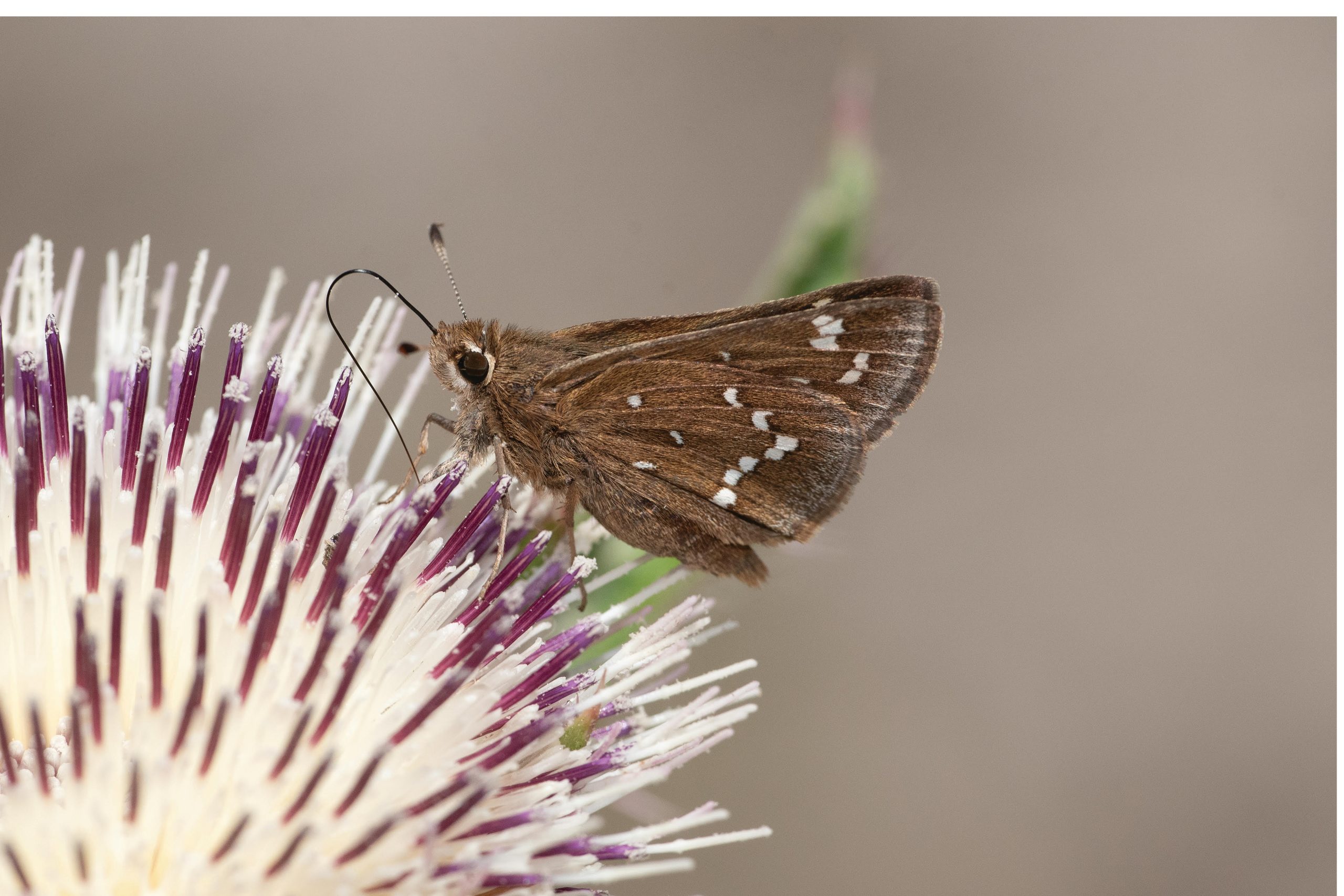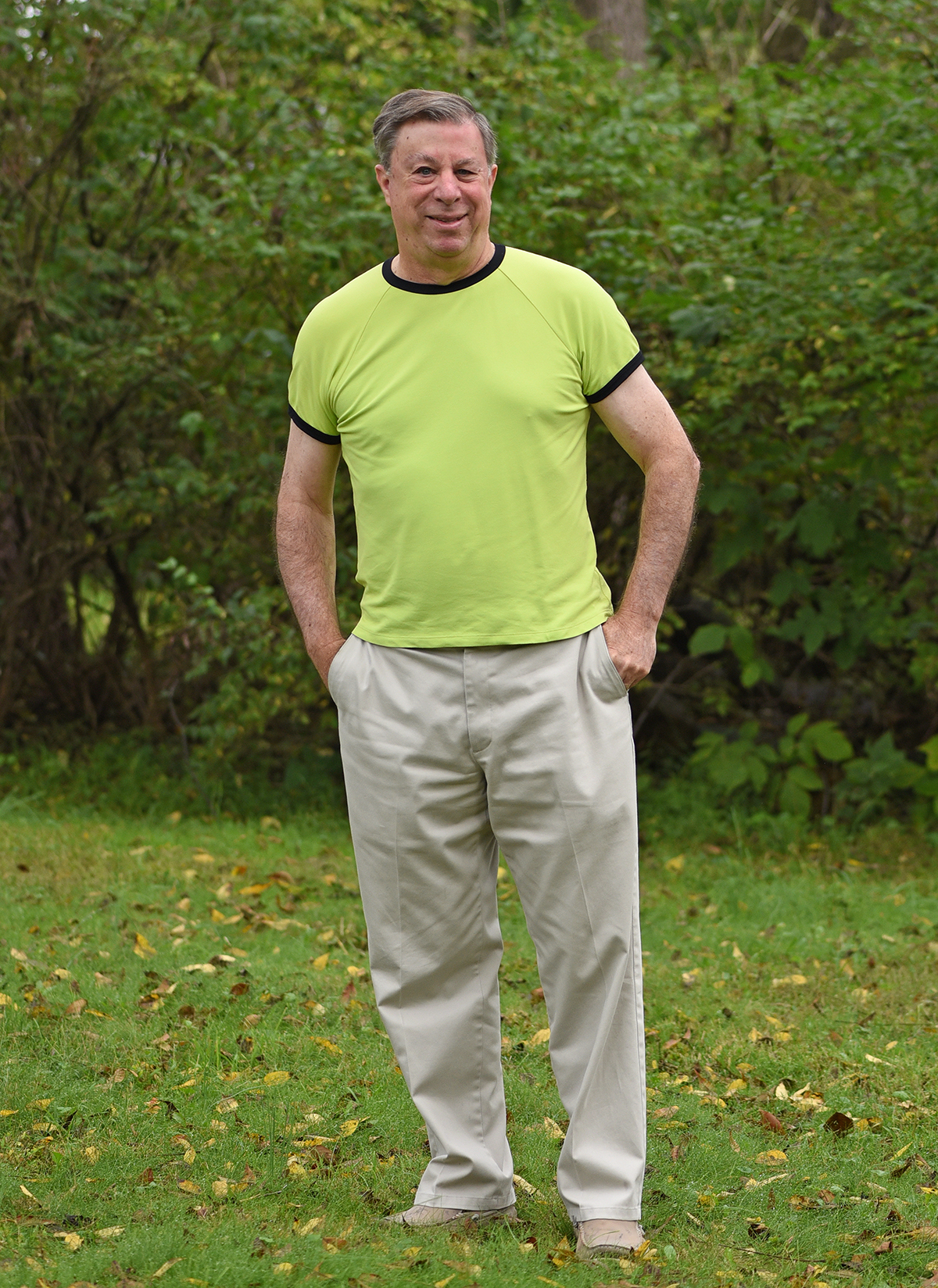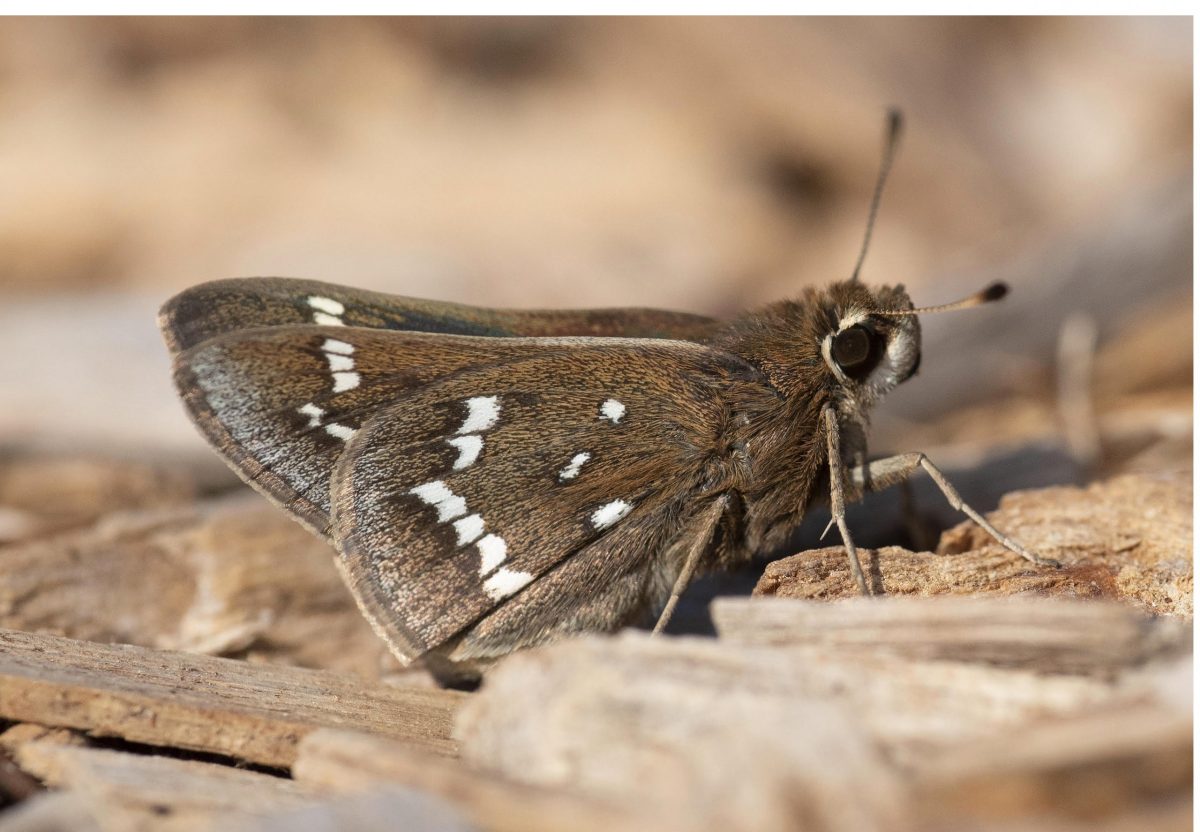
BOGUE BANKS — Now that he has seen and photographed the crystal skipper, Dr. Jeffrey Glassberg, of Morristown, New Jersey, a one-time molecular biologist and current president of the North American Butterfly Association, can subtract one more butterfly from his quest to see every resident butterfly of the United States.
The crystal skipper is not a well-known butterfly. It only lives in a 30-mile stretch of barrier islands from Fort Macon State Park to Hammocks Beach State Park, an area tourism marketers long ago dubbed the Crystal Coast.
Supporter Spotlight
Although it was not identified until 1978 or given its own species name, Atrytonopsis quinteri, until 2015, the crystal skipper, named for the marketing term, is fairly common where and when it appears.
“It’s very local. It’s only found right around Fort Macon and Bogue Island. Just a very small area,” Glassberg said during his visit here last week. “When I was there, in an hour, I saw 30 of them. On one thistle I saw six of them.”

The crystal skipper’s brief life cycle, though, makes its appearance somewhat rare. The nonmigratory butterfly appears annually in April and May, mates and a new brood appears in July and August. The July and August broods over winter, reappearing in April and May.
The species does not live anywhere else, and evidently cannot.
The seaside little bluestem is the only host plant for the crystal skipper. The butterfly lays its eggs on the plant’s stems and when the eggs hatch, the plant provides food for the larvae in its first stage of life. The plant only lives in the sand dunes of coastal North Carolina from the Outer Banks to the Bogue Banks with the heaviest concentration along the Bogue Banks.
Supporter Spotlight
There are concerns about the long-term outlook for the species. It thrives, evidently, at Fort Macon and Hammocks Beach state parks, where habitat is protected. However, along areas of the Crystal Coast, where development has divided natural habitats, the butterfly is not seen as often, and there are efforts to plant seaside little bluestem to increase habitat.

The family of skippers is widely distributed with some 3,500 distinct species distributed worldwide, mostly in Central and South America. They are usually a smaller butterfly, so the crystal skipper stands out because of its larger size.
“Most of them are smaller than the crystal skipper,” Glassberg said.
It is also one of the more striking butterflies in the skipper family, said Glassberg.
“They just are beautiful. A lot of people see the picture and they think that looks like a moth. But I think it’s pretty snappy looking. There’s lots of skippers that are plainer than this one, which is very striking,” he said.
With the sighting of the crystal skipper, Glassberg crosses another butterfly off his list of seeing every butterfly that is a regular part of the United States.
“There’s something like roughly 600 species of butterflies in North America that are resident,” he said. “I’m trying to see all of the resident butterflies. I’m making an actual concerted effort to see them.”
The quest began after his wife died, he explained.
“My wife of 45 years passed away 10 and a half years ago, so I have to do something for fun,” he said, although it has only been in the last four years that he has made the intensive effort to see all the butterflies.
“I’ve had to be everywhere,” he goes on to say. “I’ve gone to Alaska a bunch of times. I had to go to the top of the Wind River Mountains in Wyoming. I’ve been to Hawaii. I’m going back this November. It’s a difficult quest but as they say someone has to do it.”
The numbers on the list have dwindled to a very manageable figure.
“I’m at this point I’m missing about 15 or so,” he said.
He’ll be back in North Carolina in early May, this time in the mountains looking for the Appalachian tiger swallowtail. The trip will also give him a chance to visit with his son who lives in Charlotte. Earlier in the year, before he was on the Bogue Banks, he was in California where he had a chance to visit with friends and look for another butterfly.
He first became intrigued with butterflies when he was 5. It has been a lifelong fascination that persisted through his career as a molecular biologist and marriage. It is something he cannot explain, but it is real, nonetheless.
“They’re beautiful, their lives, they’re ephemeral,” he said. “They, of course, undergo this remarkable transformation, metamorphosis. There’s something about being in a beautiful field with flowers filled with butterflies. It just makes me feel good and relaxed. I was married 45 years. I passionately love my wife. She was a brilliant scientist, and she was beautiful and she was warm, and she was all those things. But none of those things are why I loved her. I loved her for some inexplicable reason as I think most people love people. And that’s the way it is for me and butterflies.”
Read more about the crystal skipper: Crystal Skipper Earns Species Status







